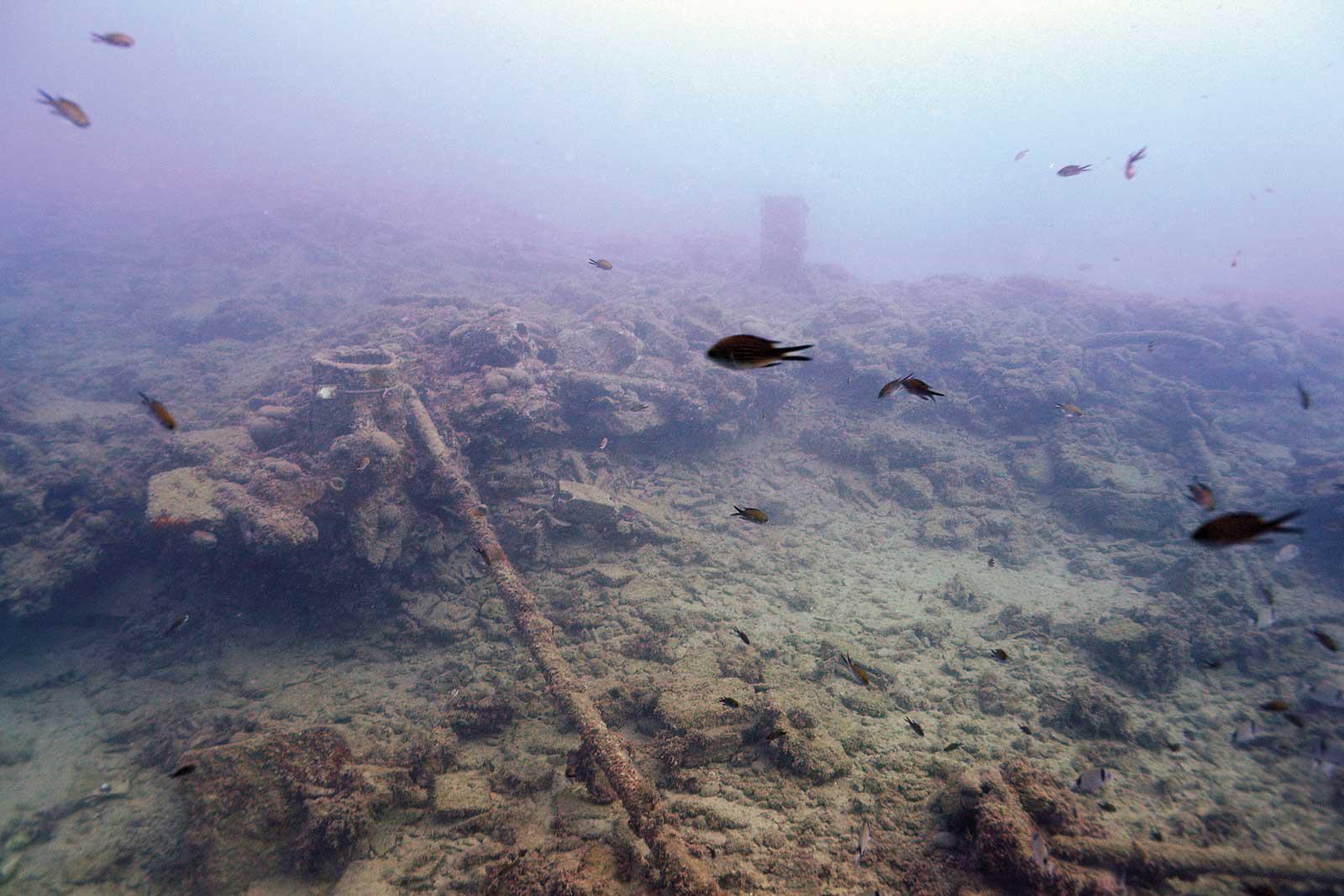Nice is now a World Heritage Site! UNESCO awarded Nice its coveted status 27 July 2021. It’s been a long process, begun in 2012 by Mayor Christian Estrosi. In January 2020 the French government formally submitted the candidacy of Nice for UNESCO consideration.

Why is Nice a World Heritage Site?
Nice has convinced UNESCO that a chunk of the city center is of Outstanding Universal Value. According to the World Heritage Committee, the objective of inscription on the World Heritage List is to “recognize and protect sites that are outstanding demonstrations of human coexistence with the land as well as human interactions, cultural coexistence, spirituality and creative expression”.
So what is so outstanding about Nice? Leisure and tourism. According to Franck Riester, formerly French Culture Minister “Nice’s nomination. . . underlines the heritage value of a previously unknown form of urban development: cosmopolitan and leisure-focused. From the late 18th century onwards, Nice was the scene of the invention of an important aspect of modern life.”
It sure was. As readers of Nice Uncovered: Walks Through the Secret Heart of a Historic City have learned, British tourists began drifting down to Nice in the late 18th century, shortly after Scotsman Tobias Smollett published his bestseller Travels Through France and Italy in 1766.
By the beginning of the 19th century the trickle of British visitors had turned into a steady stream. They holidayed in what is now the Carré d’Or and raised money to build a seaside walk that eventually became the Promenade des Anglais.
Nice’s 19th-century rulers, the Dukes of Savoy, quickly recognized the potential of their “distinguished foreign visitors” that grew to include Russians, Germans and Americans. From the mid-19th century onwards, every urbanization decision they made was aimed at increasing the comfort and enjoyment of holiday-makers. Foreign tourists liked exotic vegetation? Let’s plant the Prom with palm trees! Foreign tourists liked gardens? The Jardin Albert 1er became a 19th-century seaside park while the ruins of the old Chateau became a luscious hilltop park.

Their urban planning commission, the Consiglio d’Ornato, launched a city urbanization project that included everywhere foreigners were likely to go: the rue St François-de-Paule, the neighborhoods to the west and north of Vieux Nice, the Quartier des Musiciens, Port Lympia, the extension of the Promenade des Anglais to West Nice and the train station. The street layout, facades of buildings and installation of parks were regulated to insure beauty and harmony.

Later in the 19th-century, real estate developers were quick to see opportunities. The verdant hill of Cimiez already had a few Belle Epoque hotels even before Queen Victoria chose the Excelsior Regina Hotel as her preferred holiday spot in 1895. Within a decade the entire neighborhood was transformed from farmland to a playground for European nobility.

Curiously, Nice’s most historic neighborhood was the last to develop. The Old Town was left to languish in neglect until the 1960s when a series of initiatives restored or replaced the crumbling buildings. Now, it’s elbow-to-elbow with tourists at the height of the summer season.

Nice’s designation is not just about buildings however. Nice’s candidacy pointed out the “cosmopolitan” nature of the city as reflected in the historical diversity of its population. The Russian community built a stunning Orthodox cathedral; an ancient Jewish community established a synagogue in the 18th century; there was both an Anglican and American church in the 19th century (now only the Anglican church survives); there’s a Greek Orthodox church, an Armenian church and even a Buddhist temple!

Which Neighborhoods are Protected?
- Entire Promenade des Anglais
- Quai des Etats-Unis and Rauba Capeu
- Ponchette terraces
- Castle Hill
- Port Lympia
- Mont Boron
- Cimiez
- Baumettes
- Carré d’Or
- Quartier des Musiciens
- Russian Orthodox Cathedral
- Avenue Jean Medecin east to boulevard Carabacel
In all, the protected area encompasses 500 hectares including a UNESCO-authorized buffer zone.
What is the Effect of a World Heritage Site Designation?
Certainly it adds to the prestige of the city. International recognition of Nice’s unique heritage will increase public appreciation of the city and add to the tourism potential.
But with prestige comes responsibility. Mayor Christian Estrosi must set up a Local Committee to protect the site and then submit regular reports to UNESCO on the condition of the protected zone. It’s safe to say that any development project within the zone’s parameters would have to be justified to UNESCO. And too much tourism can also imperil Nice’s UNESCO designation! UNESCO has threatened Dubrovnik, Croatia and recently Venice with a loss of WHS status because of their tourist crowds.
My hope is that this recognition of Nice’s unique culture will encourage more visitors to venture beyond Nice beaches to sample all the richness and variety of Nice’s fascinating history.


 “Analysis and studies” area
“Analysis and studies” area Meeting Place Toja
Meeting Place Toja
 Meet at the Nice / Cimiez Archeology Museum
Meet at the Nice / Cimiez Archeology Museum